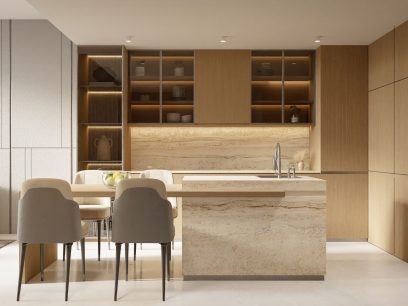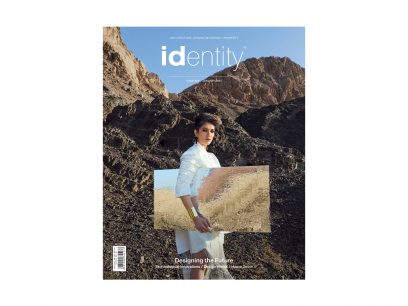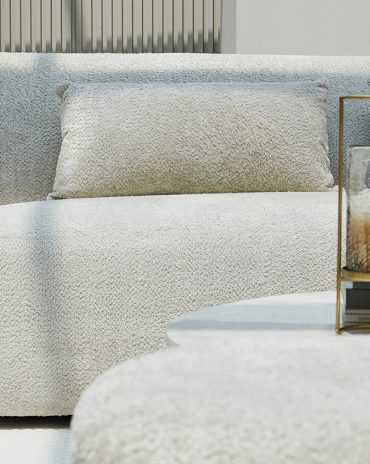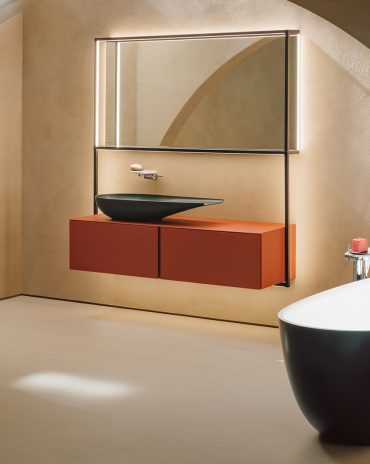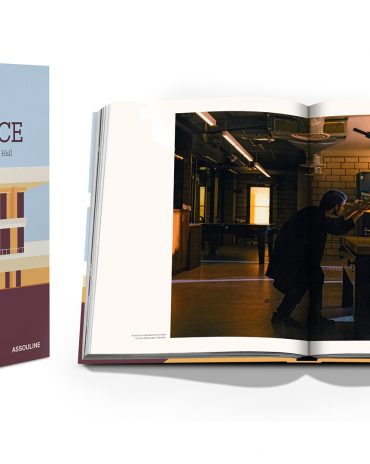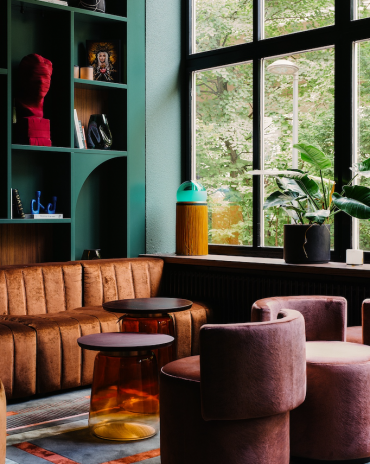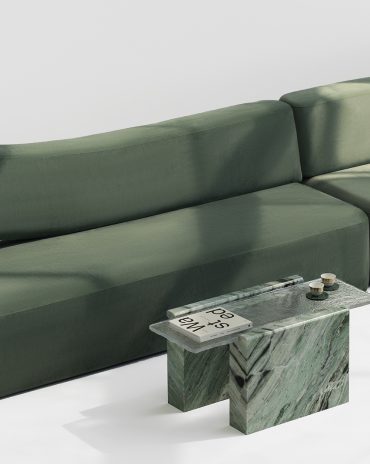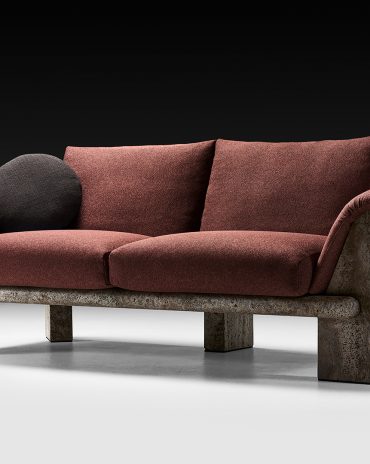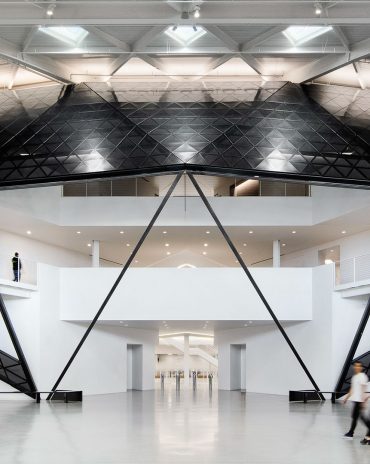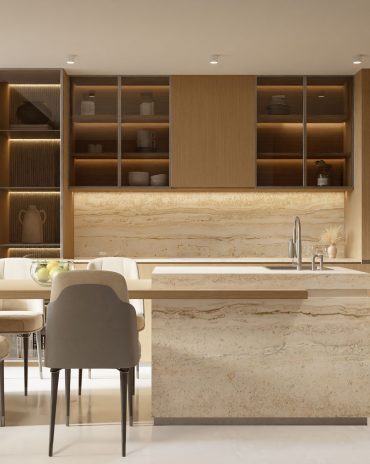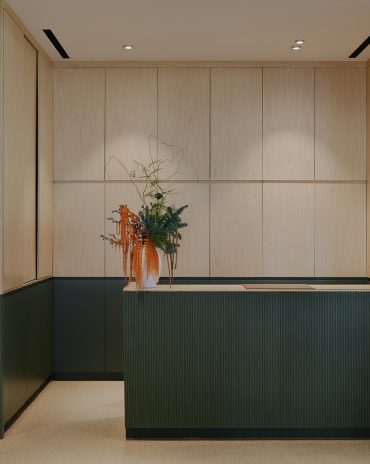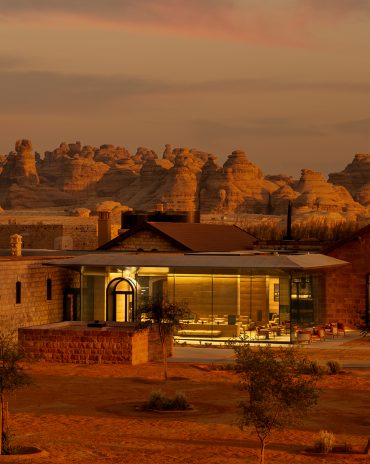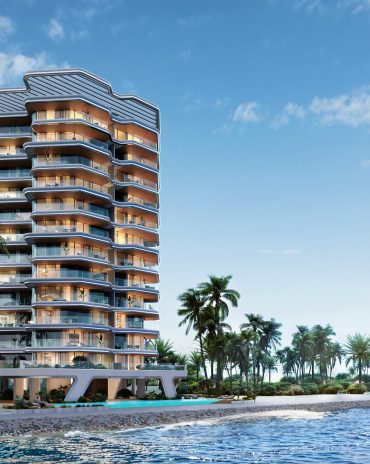Copyright © 2025 Motivate Media Group. All rights reserved.
id library: Fun Mill. The Architecture of Creative Industry in Contemporary China by Maria Paola Repelling
The book discusses creative clusters as fertile ground for research and action involving architectural and urban projects
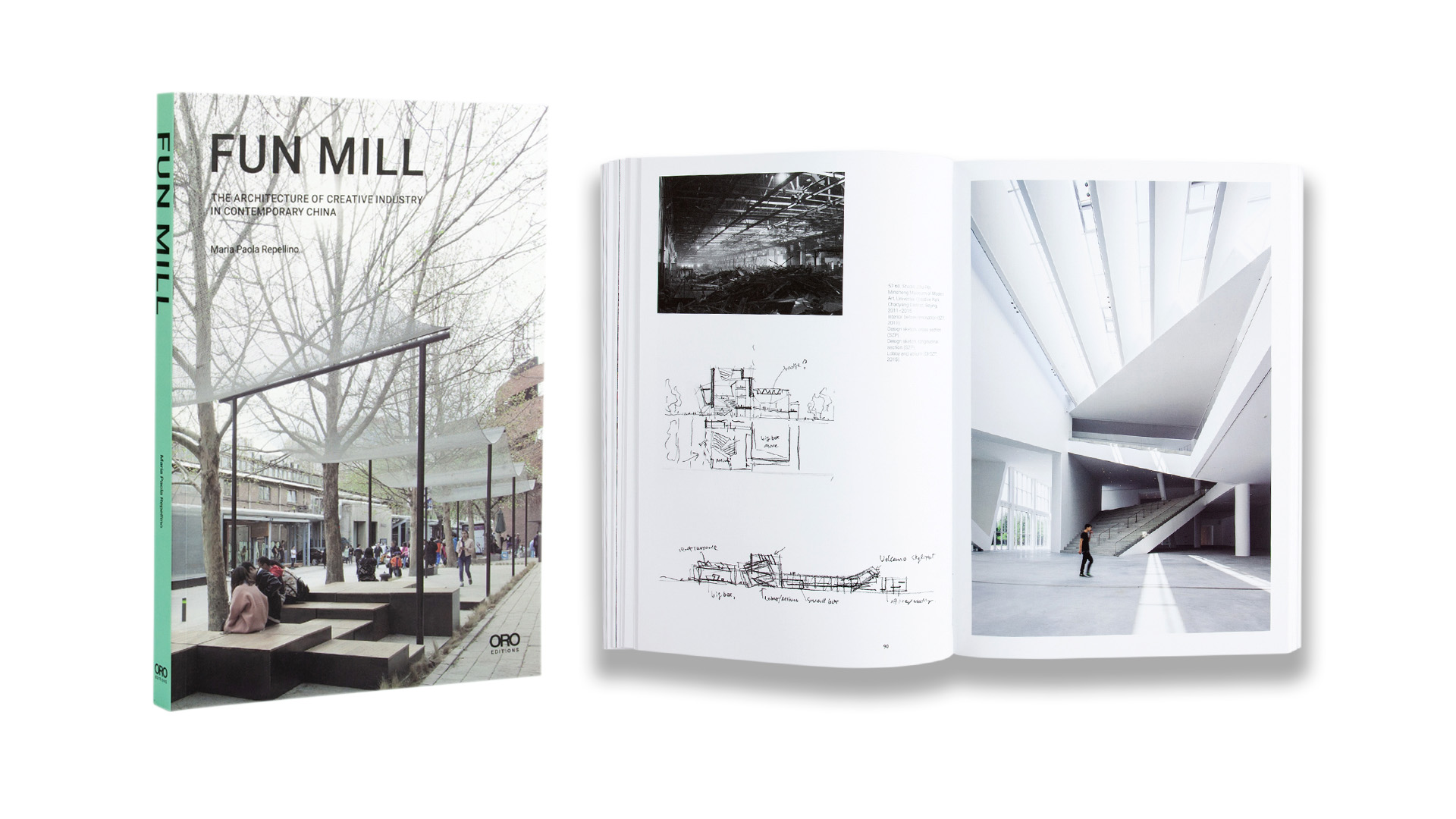
The China Room of Politecnico di Torino, Italy, recently published a collection of books looking at the study landscape changes caused by urbanisation in China, exploring processes and hierarchical decisions related to large-scale design, and illustrating the impact of urban creative transformation on contemporary architectural trends. One of the books in the collection, Fun Mill. The Architecture of Creative Industry in Contemporary China by Maria Paola Repellino, attempts to understand the creative industries in detail and talks about urban revival.
The promotion and development of creative industries has played a crucial role in the economic transition that has seen the manufacturing industry shift from ‘Made in China’ to ‘Created in China’. In the past decade, this has led to the explosive growth of creative industries and their physical transposition into cities. Hundreds of creative clusters – arts districts, cultural areas, media bases, incubators and parks for creative industries, also known as fun mills – continue to proliferate and trigger real estate enhancement strategies by reinventing important city districts.
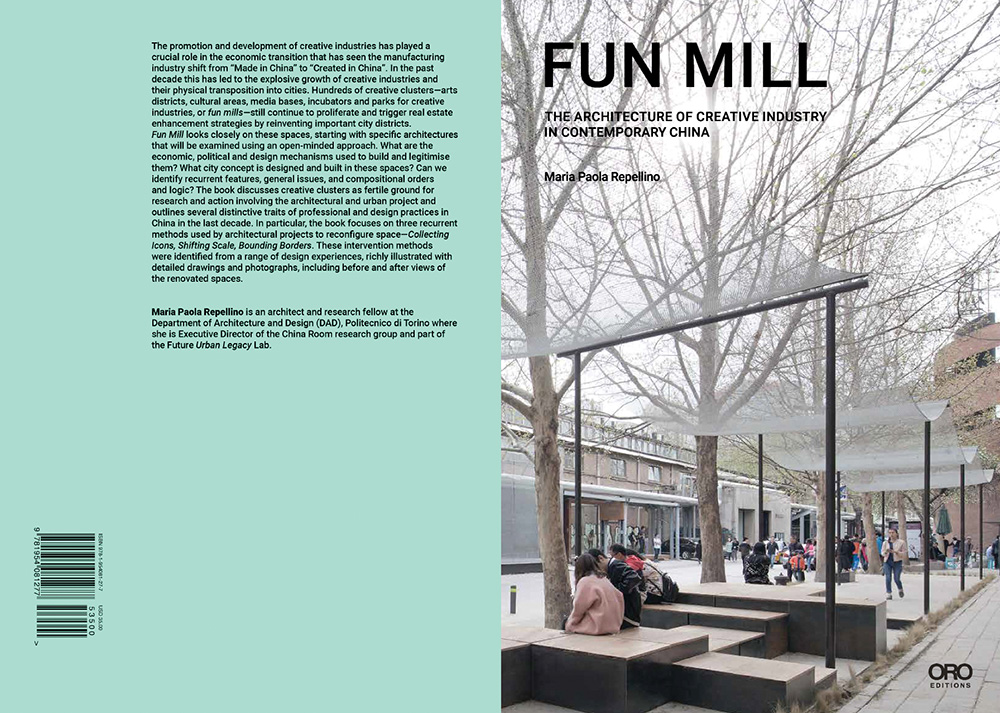
Back cover and Front cover of Fun Mill. The Architecture of Creative Industry in Contemporary China by Maria Paola Repellino. Photo courtesy by Oro Editions
Fun Mill looks closely at these spaces, starting with specific architectures that are examined using an open-minded approach. What are the economic, political and design mechanisms used to build and legitimise them? What city concept is designed and built in these spaces? Can we identify recurrent features, general issues, compositional orders and logic? The book discusses creative clusters as fertile ground for research and action involving architectural and urban projects, and outlines several distinctive traits of professional and design practices in China in the last decade. In particular, the book focuses on three recurrent methods used by architectural projects to reconfigure space: Collecting Icons, Shifting Scale and Bounding Borders. These intervention methods were identified from a range of design experiences, richly illustrated with detailed drawings and photographs, including before and after views of the renovated spaces.
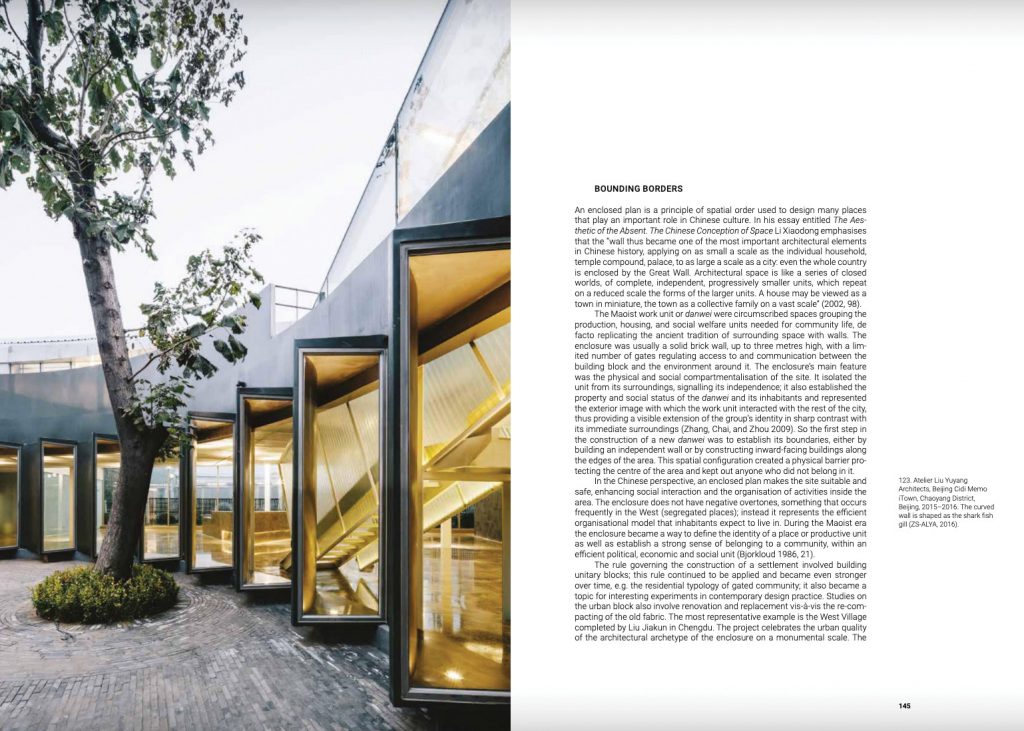
Beijing Cidi Memo iTown / Atelier Liu Yuyang Architects
The Author
Maria Paola Repellino is an architect and Ph.D. in Architecture and Building Design (2016); she is also a Research Fellow at the Politecnico di Torino, where she is Executive Director of the China Room research group and a member of the Future Urban Legacy Lab. She was also a Visiting Scholar at the School of Architecture of Tsinghua University in Beijing (2014). Her research work focuses on the role of industrial legacy in redefining the relationships between architecture, city and production in contemporary China. Prior to Fun Mill, her main publication was the book The City after Chinese New Towns (Birkhäuser 2019, ed. with M. Bonino, F. Governa, A. Sampieri).
The Latest
Textures That Transform
Aura Living’s AW24 collection showcases the elegance of contrast and harmony
Form Meets Function
Laufen prioritises design, functionality and sustainability in its latest collections
Preserving Culture, Inspiring Creativity
Discover the Legacy of a Saudi Art Space: Prince Faisal bin Fahd Arts Hall explores the Hall’s enduring influence on the cultural fabric of Saudi Arabia
Channelling the Dada Spirit
Free-spirited and creative, The Home Hotel in Zurich injects a sense of whimsy into a former paper factory
id Most Wanted- January 2025
Falaj Collection by Aljoud Lootah Design
Things to Covet in January
identity selects warm-toned furniture pieces and objets that align with Pantone’s colour of the year
Shaping the Future of Workspaces by MillerKnoll
Stacy Stewart, Regional Director Middle East & Africa of MillerKnoll discusses the future and evolution of design in workspaces with identity.
Shaping Urban Transformation
Gensler’s Design Forecast Report 2025 identifies the top global design trends that will impact the real estate and built environment this year
Unveiling Attainable Luxury
Kamdar Developments has launched 105 Residences, a new high-end development in Jumeirah Village Circle.
The Muse
Located in the heart of Jumeirah Garden City, formerly known as ‘New Satwa’, The Muse adds to the urban fabric of the area
Cultural Immersion Meets Refined Luxury
The Chedi Hegra opens its doors in AlUla’s UNESCO World Heritage Site
Redefining Coastal Luxury
Sunshine Bay on Al Marjan island combines seaside views, exceptional design, and world-class amenities to create a unique waterfront haven


